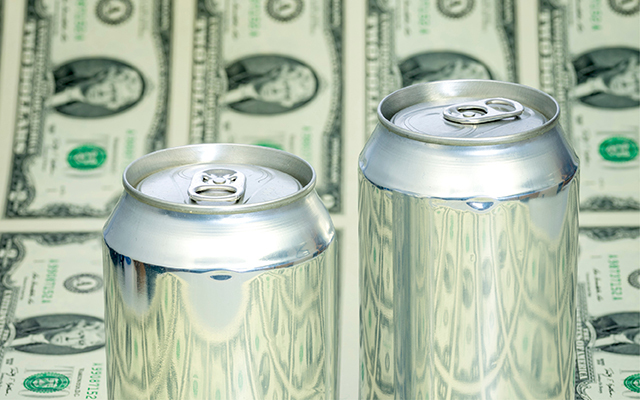Three years after the soft-drink industry fended off a New York City campaign to reduce soda consumption, the battle between public health and Big Soda has resumed on multiple fronts.
Voters in Oakland, Calif., will decide this fall on a 1-cent-per-ounce tax on sweetened beverages, and November ballots in San Francisco and Boulder, Colo., may include similar proposals.
Philadelphia Mayor Jim Kenney has proposed the nation’s most aggressive soda tax — 3-cents-per-ounce — which would generate more than $400 million over the next five years for universal pre-kindergarten education and recreation programs. City council members instead approved a 1.5-cent per ounce tax on Wednesday, with the final vote before the full council due later this week.
More than half of the states already impose excise and other special taxes on soda, which consumers absorb when purchasing a soft drink at a retail location. But most of these taxes are too slight to significantly reduce consumption. These higher city taxes would fall first on the distributor and would likely be passed on to the consumer in the form of higher retail prices, which studies have shown reduce consumption of the sugary stuff.
It’s a strategy that healthcare advocates believe could make a difference — especially when sugar-sweetened beverages “are amongst the biggest contributors to diabetes and other chronic diseases that disproportionately impact our poorest communities,” says Mary Pittman, president of the Oakland-based Public Health Institute. And in Oakland, for example, much of the money raised from the proposed taxes would be devoted to city health initiatives with the goal of offsetting that impact.
“It is time that big beverage companies dip into their millions of dollars of profits and help pay for the damage their products cause,” says Pittman.
These proposals follow on the heels of the successful 2014 ballot initiative in Berkeley, Calif., that set a 1-cent-per-ounce soda tax. Soda prices have risen as a result, according to several studies, including one from a research team led by Jennifer Falbe, DSc, MPH, at the University of California, Berkeley School of Public Health. Falbe’s team is working with the Nutrition Policy Institute to study the impact of the tax ordinance and has called the rising prices “a step in the causal pathway to reduced [sugar-sweetened beverage] consumption.”
Berkeley’s win was largely dismissed by Big Soda as an anomaly, given the city’s reputation as a bastion of progressive politics. “Berkeley doesn’t look like mainstream America,” American Beverage Association spokesman Chris Gindlesperger told BBC News at the time. “If politicians want to stake their political reputation on what Berkeley is doing, they will do so at their own risk.”
And it seems they do, at least in an increasing number of cities, where beverage-industry lobbyists face a more challenging landscape than in Congress. At the local level, fighting tax initiatives often means direct communication with voters, who have become more aware of the health risks of sugary drinks. Americans’ per-capita soda consumption hit a 30-year low in 2015, likely a result of growing knowledge that sugar-filled beverages are a contributor to obesity and type 2 diabetes.
“It is just a total winner of a policy from a public health perspective,” says Steven Gortmaker, PhD, professor of the practice of health sociology at Harvard’s T.H. Chan School of Public Health and director of the Harvard Prevention Research Center on Nutrition & Physical Activity. Earlier this spring, Gortmaker led a team that projected the health benefits of Philadelphia’s proposed tax. Their conclusions: Over a decade, the tax could save about 730 lives, help 36,000 people avoid obesity, and prevent 2,280 annual diabetes cases. All told, the measure would save almost $200 million in health spending over the next 10 years.
“We saw in Berkeley that the beverage industry is willing to pour millions and millions into the fight against these kinds of taxes, and we expect the same thing here,” says Oakland City Councilwoman Annie Campbell Washington. “[But] I believe, when you look around the country, you’ll see this is a movement.”
For more information on the health effects of sugar-laden beverages, read “This Is Your Body on Soda.”

This Post Has 0 Comments